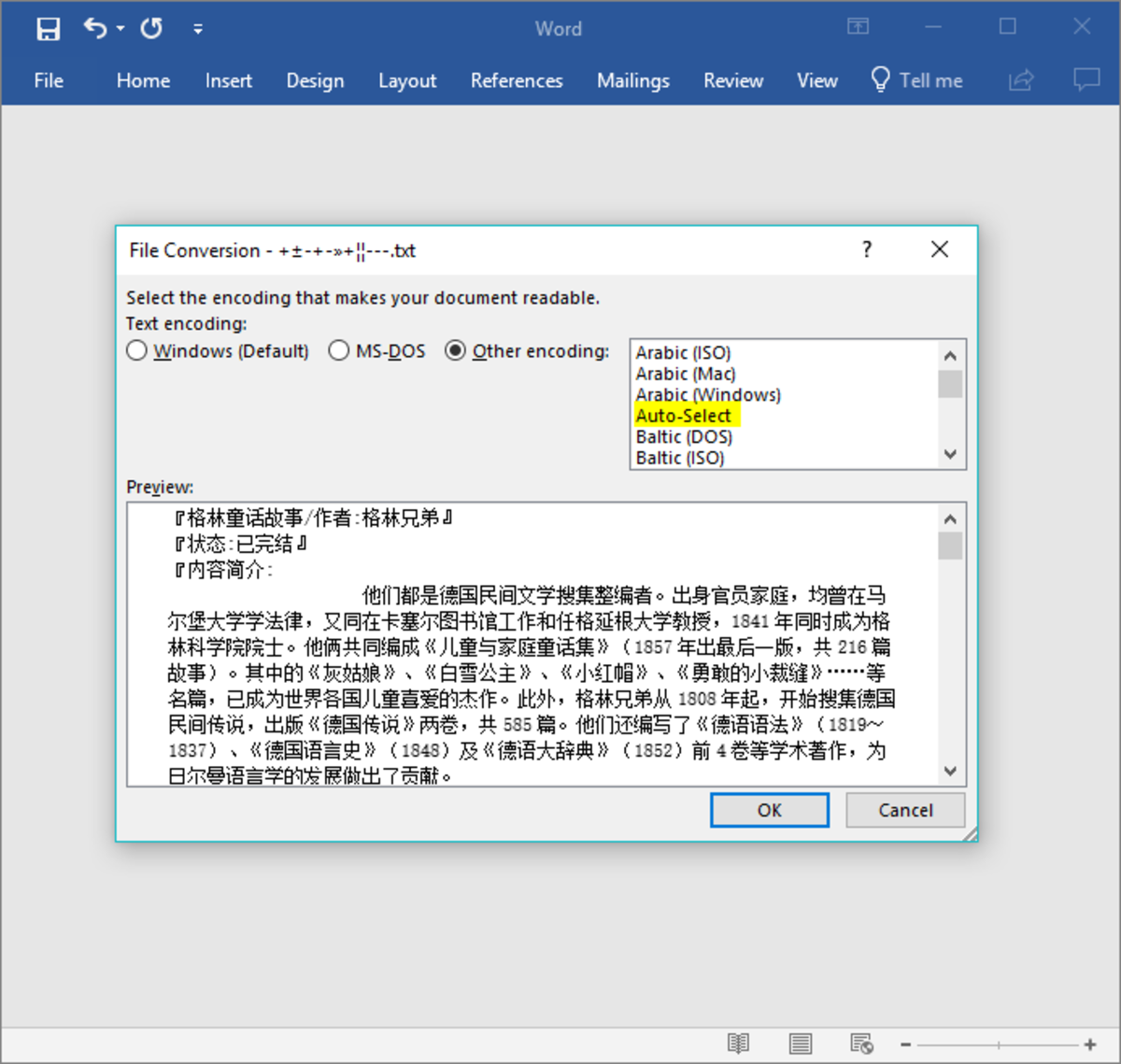


The term is sometimes used quite loosely, to mean files that contain only "readable" content (or just files with nothing that the speaker doesn't prefer). Plain text is different from formatted text, where style information is included from structured text, where structural parts of the document such as paragraphs, sections, and the like are identified and from binary files in which some portions must be interpreted as binary objects (encoded integers, real numbers, images, etc.).

It may also include a limited number of "whitespace" characters that affect simple arrangement of text, such as spaces, line breaks, or tabulation characters (although tab characters can "mean" many different things, so are hardly "plain"). file contents) that represent only characters of readable material but not its graphical representation nor other objects ( floating-point numbers, images, etc.). In computing, plain text is a loose term for data (e.g. Text file of The Human Side of Animals by Royal Dixon, displayed by the command cat in an xterm window


 0 kommentar(er)
0 kommentar(er)
